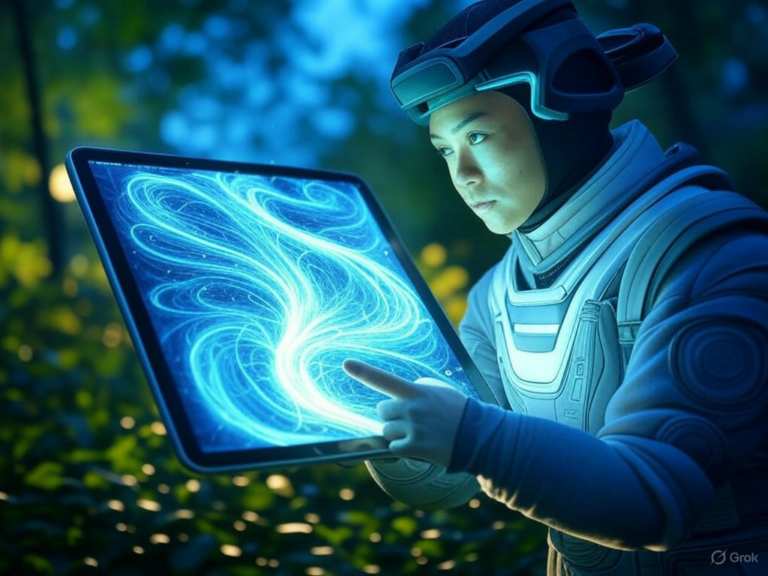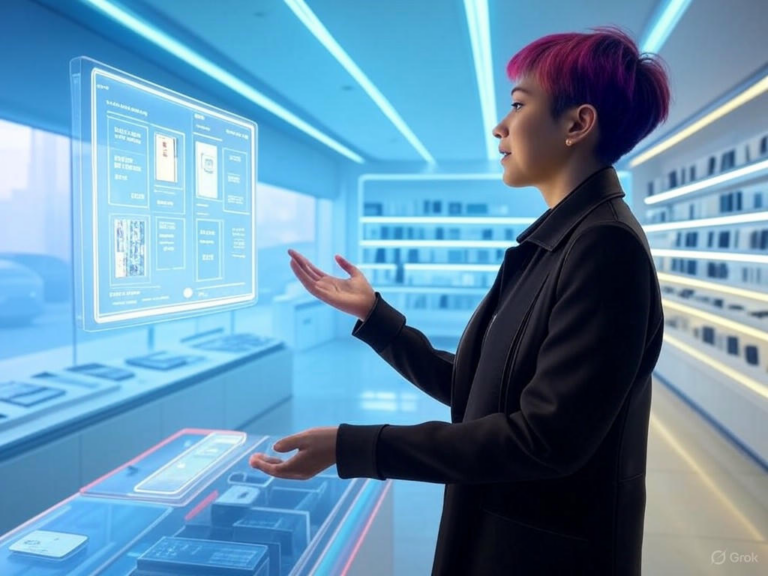
Advanced AI Tool Detects RRMS to SPMS Transition
Revolutionizing MS Diagnosis with AI for RRMS to SPMS Transition
Imagine a world where doctors can spot the subtle shift from relapsing-remitting multiple sclerosis (RRMS) to secondary progressive MS (SPMS) before it’s too late— that’s exactly what a new AI tool from Uppsala University in Sweden is achieving. This innovative system uses machine learning to analyze patient data with remarkable precision, often identifying the RRMS to SPMS transition years ahead of traditional methods. Have you ever wondered how technology could make such a difference in chronic conditions like MS?
The tool, hailed as a predictive model, draws from vast datasets of previous patients to detect patterns that signal disease progression. By doing so, it matches or even surpasses clinical accuracy, potentially cutting diagnosis delays that have long frustrated patients and doctors alike. This breakthrough not only addresses a key challenge in MS care but also paves the way for earlier interventions that could preserve quality of life.
Why the RRMS to SPMS Transition Matters in Multiple Sclerosis
Multiple sclerosis impacts millions globally, with many starting in the RRMS phase, marked by flare-ups and recoveries. Over time, the RRMS to SPMS transition occurs, leading to steady worsening without those recovery periods, which demands a complete shift in management. This change is crucial because early detection can mean the difference between effective treatment and irreversible damage.
In Sweden alone, about 22,000 people live with MS, and worldwide figures are even higher, highlighting the urgent need for better tools. Traditional approaches often spot this transition retrospectively, sometimes with a three-year delay, allowing the disease to advance unchecked. What if we could change that narrative with AI-driven insights?
How AI Pinpoints the RRMS to SPMS Transition
The Uppsala team’s AI model was trained on data from over 22,000 MS patients, examining routine clinical information to uncover early signs of the RRMS to SPMS transition. It doesn’t require fancy new tests—just smart analysis of what’s already available during regular visits. This makes it practical and accessible for everyday use.
One standout feature is its confidence scoring, which tells doctors how certain the AI is about its predictions, adding a layer of reliability. In tests, the model hit about 90% accuracy, flagging the RRMS to SPMS transition well before it showed up in medical notes. Think about how this could empower you or a loved one facing MS—earlier alerts mean faster adjustments to therapy.
Technical Edge in Detecting RRMS to SPMS Transition
At its core, the AI uses conformal prediction to deliver predictions with measurable uncertainty, a game-changer for medical decisions. Published in npj Digital Medicine, this method processes complex data more efficiently than human analysis alone, spotting the RRMS to SPMS transition through subtle changes. It’s like having a tireless assistant that never misses a detail.
This technology builds on neurophysiological insights, such as how our eyes naturally focus on changes in images. By coregistering scans, the AI highlights evolving lesions that might indicate progression, making it easier for clinicians to act. Could this be the key to more personalized MS care?
The Growing Role of AI in MS Progression and Treatment
AI’s impact on MS isn’t stopping here; it’s part of a broader wave of innovation. For instance, Biostate AI is teaming up with the Accelerated Cure Project to create models that predict MS progression, including the RRMS to SPMS transition, using RNA data from patient samples. This collaboration aims to tailor treatments based on individual biology, moving beyond one-size-fits-all approaches.
Dr. Ashwin Gopinath from Biostate AI emphasizes how MS’s variability makes it perfect for AI customization. By analyzing high-throughput data, these tools could forecast not just progression but also treatment responses, offering hope for better outcomes. If you’re dealing with MS, this kind of precision might soon become standard.
Real-World Benefits of Early RRMS to SPMS Transition Detection
Spotting the RRMS to SPMS transition earlier could transform MS management, potentially slowing disease advancement and improving long-term results. Tools like the Expanded Disability Status Scale (EDSS) have helped, but they often lag behind, relying on visible changes that come too late. The new AI model changes this by integrating data for proactive care.
Advantages include detecting progression up to three years sooner, boasting 90% accuracy, and working with existing clinical data without extra burden. Plus, its confidence scores help doctors make informed choices, avoiding guesswork. What steps could you take today to stay informed about these advancements?
- Early detection by about three years, giving more time for interventions
- High accuracy rates from validated tests, building trust in results
- Seamless integration with routine visits, no need for specialized equipment
- Contextual confidence levels for each prediction
- Opportunities for timely treatment tweaks to adapt to MS changes
Overcoming Challenges in MS Detection
Diagnosing MS has always been tricky, with standards like the 2017 McDonald Criteria aiming to improve accuracy through MRI assessments. Yet, in many low-income regions, access to these tools is limited, leading to reliance on older methods. AI could bridge this gap by enhancing existing data without needing more resources.
For example, the AI’s ability to analyze images and patterns might reduce misdiagnoses and speed up the RRMS to SPMS transition identification. It’s a step toward equitable care, especially in underserved areas. How might this technology reach more people worldwide?
Future Innovations for RRMS to SPMS Transition Monitoring
Looking ahead, AI could evolve to offer personalized recommendations based on your unique MS profile. We might see remote monitoring apps that track symptoms in real-time, or integrations with wearables to catch early signs of the RRMS to SPMS transition. This isn’t science fiction—it’s on the horizon.
These developments align with actionable strategies, like discussing AI tools with your doctor or joining MS support groups for the latest updates. By staying engaged, you can advocate for better care tailored to your needs.
Wrapping Up the Potential of AI in MS Care
As we explore these advancements, the promise of detecting the RRMS to SPMS transition earlier offers real hope for those affected by MS. With tools achieving up to 90% accuracy, we’re entering an era where technology supports more precise, timely decisions. Remember, every step forward counts in managing this complex condition.
If you’re navigating MS or know someone who is, consider sharing your experiences or exploring more resources on AI in healthcare. What are your thoughts on how this could change lives? We’d love to hear from you in the comments below, and feel free to check out related articles on our site for deeper insights.
References
The information in this article is based on recent studies and developments in AI for MS. Here are the key sources:
- “New AI Tool Shown to Accurately Detect Transition from RRMS to SPMS.” Multiple Sclerosis News Today. Link
- “Biostate AI, ACP to Develop AI Models to Predict MS Progression.” Multiple Sclerosis News Today. Link
- “AI Model Predicts Progression of Multiple Sclerosis.” Neuroscience News. Link
- Machine Learning Model for Predicting Disability in MS. OM1. Link
- Neurology Journal Article on MS Progression. Link
- Multiple Sclerosis Diagnosis and Treatment PDF. MDPI. Link
- MedRxiv Preprint on AI and Imaging. Link
RRMS to SPMS transition,AI multiple sclerosis,MS progression detection,artificial intelligence in MS,multiple sclerosis diagnosis,early MS detection,SPMS transition prediction,AI for neurological diseases,machine learning MS treatment,advanced MS care tools







